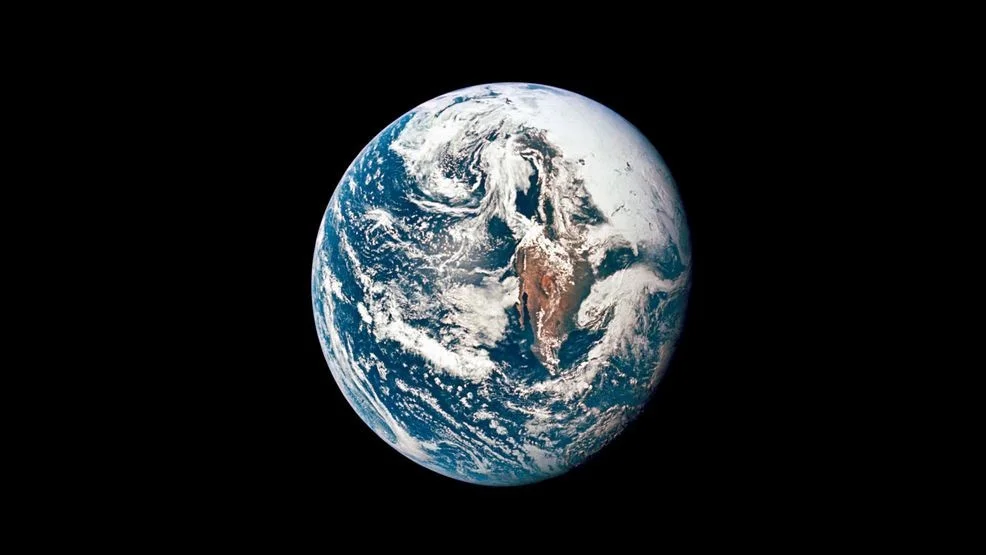
NASA Supercomputer Predicts Dire Future: Earth’s Inhabitants Face Ominous Deadline
A chilling prediction has emerged from a collaborative study conducted by NASA scientists and researchers at the University of Toho in Japan: supercomputer models indicate that all life on Earth could end by the year 1,000,002,021. This stark assessment, based on detailed simulations considering factors like climate change and solar evolution, paints a picture of a gradual, irreversible decline toward uninhabitable conditions.

The primary driver of this impending doom, according to the models, is the Sun. As it progresses toward its supernova phase, the Sun's energy output will increase, leading to a progressive overheating of the planet. Oxygen levels will plummet, making survival impossible for most organisms including humans, animals, and plants. Even resilient creatures like water bears will eventually succumb to the extreme conditions.
While the end date may seem distant, the study suggests that the deterioration may already be underway. Increasing frequency of solar storms and coronal mass ejections (CMEs) are impacting Earth's atmosphere and magnetic field. The models highlight the dangers of rising global temperatures and melting glaciers.
The research underscores the crucial significance of climate change. While world leaders have made commitments to reduce reliance on fossil fuels, some scientists believe that current efforts remain insufficient. The continued investment in fossil fuels by some nations further complicates the situation, potentially accelerating the planet's decline.
Kazumi Ozaki and Christopher T. Reinhard published research in Nature Geoscience in 2021 explaining that Earth eventually won't have enough oxygen in its environment to sustain life. What happens when there isn't enough oxygen in the atmosphere is not a "permanent" state for a planet.

Ultimately, the survival of humanity may depend on finding refuge beyond Earth. Some scientists are exploring opportunities beyond our planet or seeking breakthroughs for artificial habitats to maintain habitable environments.
But the end will not be sudden but but instead Earth will experience gradual, irreversible deterioration As the Sun's output increases, oxygen levels will decline, making it hard for humans, animals, and plants to live. Temperature levels will also increase, worsening air quality and killing off even the most resilient organisms.
This research underscores the importance of addressing climate change and exploring long-term solutions for humanity's survival. What steps can we take to mitigate the impending effects? Share your thoughts and perspectives in the comments below.